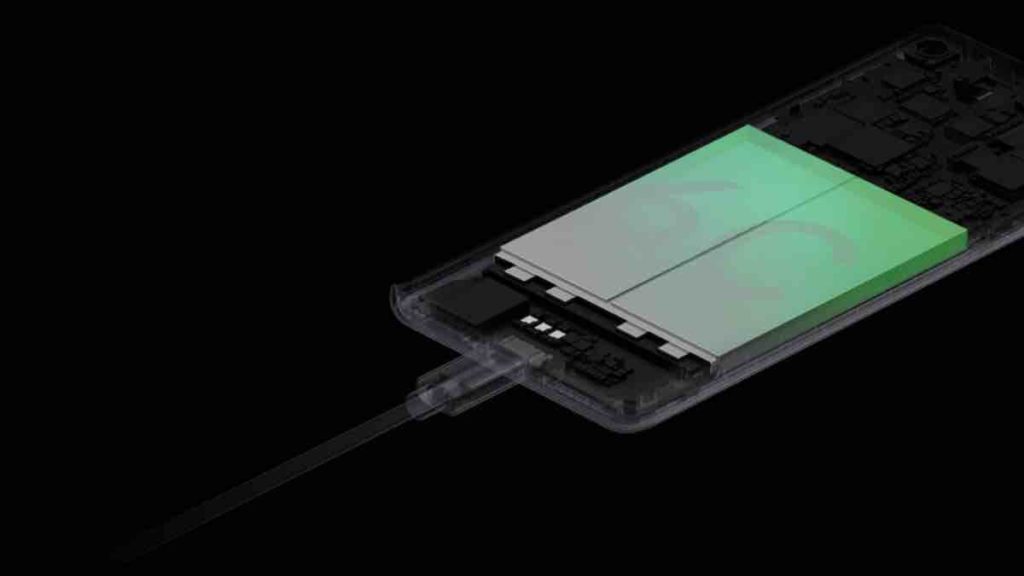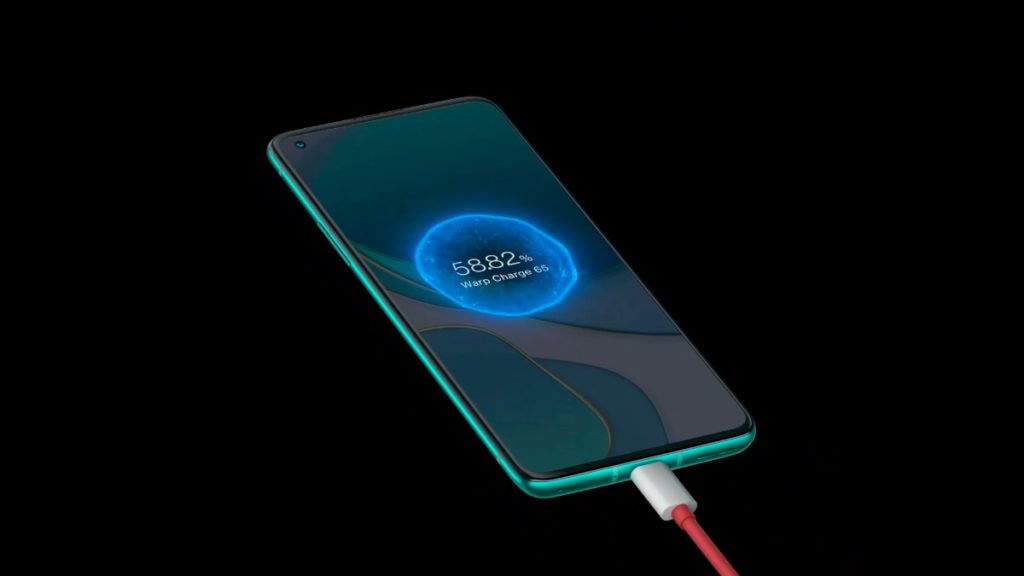Fast charging is the technology that enables us to rapidly charge phones with massive batteries. If you don’t have fast charging on a modern smartphone, you’d likely be sitting with a charger plugged in for hours to get a full charge.
There are certain standards for fast charging because blindly doing so can harm your phone’s battery. You can easily identify a fast charger from a slow charger if you know a basic formula. Amperes (A) x Voltage (V) = Wattage (or charging speed). So if you look at your phone’s charger, you’ll see something like 5V=3A. Multiply this and you’ll know your charger’s wattage.
What is Fast Charging?

Aside from the basic introduction above, fast charging is the technology used by your phone’s manufacturer to deliver a quick battery top-up when you need one.
Apple, Google, and some other popular brands use the USB PD standard. Then some companies use Qualcomm QuickCharge standard as it comes bundled with the processor. Lastly, there are brands with their own standards like OnePlus Warp Charge, Samsung Adaptive Charging, and Oppo VOOC.
While most of them work the same way, there are minor tweaks and changes that allow companies to fine-tune their fast charging capability. For example, the OnePlus Warp Charge 65 power adapter, paired with a OnePlus cable, can charge a OnePlus 8T from 1% to about 60% in 15 minutes. However, with the same cable, the same charger might deliver a slower charge on a phone that does not accept 65-watt fast charging.
How Does Fast Charging Work?

Now you know that fast charging standards are basically each company’s way of offering fast charge. If we’re to keep the gimmicks aside, there’s really just one way you can fast charge your phones for now. Taking the OnePlus example again, the company’s 65-watt charger fills your phone from 1-58% in 15 minutes. Then, it takes 39 minutes more to charge it to the brim.
To understand this better, you’ll have to take another look at the amperes and voltage cocktail we discussed above. Think of your charger as a pipeline, supplying water (charge) to your phone. In such a scenario, amperes (A) refer to the volume of water flowing, voltage (V) is the water pressure, and wattage (W) is the final output.
So what happens here is that your phone initially charges at a blazing speed, at peak voltage and peak amperage, and slows the charge as it begins to fill up. This is done to avoid overheating and stably charge the phone. Hence the first 60% is achieved in half the time it takes to fill the remaining 40%.
Both your phone and charger have dedicated circuits to avoid overheating and charge at optimal speeds. That’s why you should use compatible and branded chargers that have safety measures to avoid damaging your phone.
Fast Charging Problems
Now that we know what is fast charging and how it works, it’s time to know the trade-offs. Your smartphone battery is filled with electrons jumping from the negative to the positive side, powering your phone in the process. To keep these electrons from directly slipping to the other side, there’s a separator inside the battery.
Fast charging batteries need a thicker separator to avoid any mishap, so the actual battery capacity, i.e. the electrons are less in number. So the first tradeoff is that you lose some battery capacity to get a fast charge. The second one is that you need a bigger phone. As batteries need to charge faster and last longer, you need bigger batteries, eventually leading to the gigantic phones we see today. The video above is one of the best explanation of the shortcomings and opportunties in the fast charging area.
The Future Of Fast Charging

While there are problems with fast charging, the industry is developing more efficient solutions every day. One such solution is GaN or Gallium nitride, which can be used to charge devices faster and cooler. While conventional chargers need a heat-safety valve at much lesser temperatures, GaN chargers can keep going without heating.
A cooler charger is among the first steps we’ve taken for fast-charging batteries. While companies have optimized the existing li-ion batteries, they need more powerful chargers without taking up more space. That’s where GaN chargers come in.
Another thing about less heat from a GaN charger is that it fits more components closer in a more compact form factor. We say it’s the future because GaN will let chargers catch up to fast charging for all devices. The next step for the industry is to find a stabler battery that takes up less space, heats less, and retains a charge for a longer time.
I say time is a crucial factor here because we’re bumping up our smartphone specs by the month. We now have super-smooth 120Hz displays with QHD resolutions, capabilities like augmented reality, and 5G. Thanks to these, we’re either going to need bigger batteries (which means bigger phones) or smaller batteries that are more efficient. Any way it goes, we can be confident that fast charging is here to stay.
The post What Is Fast Charging? How It Works And What Are The Tradeoffs? appeared first on Fossbytes.
What Is Fast Charging? How It Works And What Are The Tradeoffs?
read more
No comments:
Post a Comment